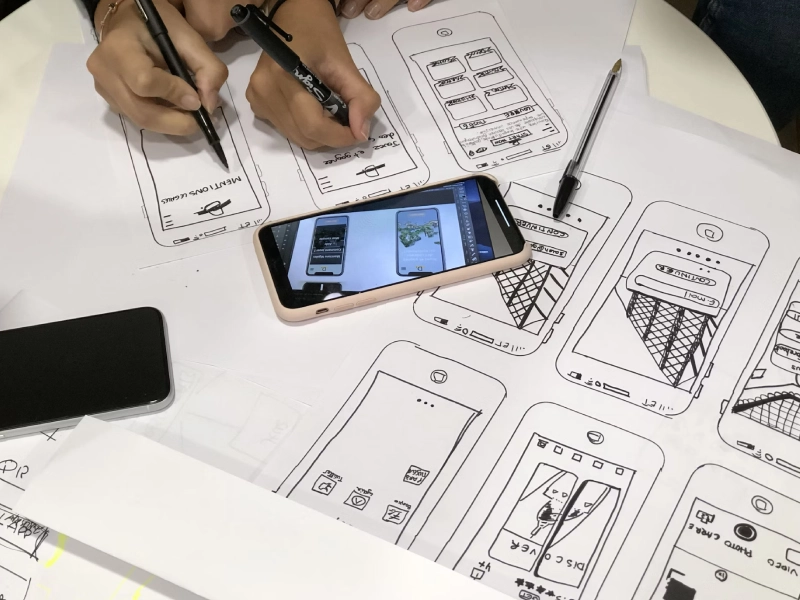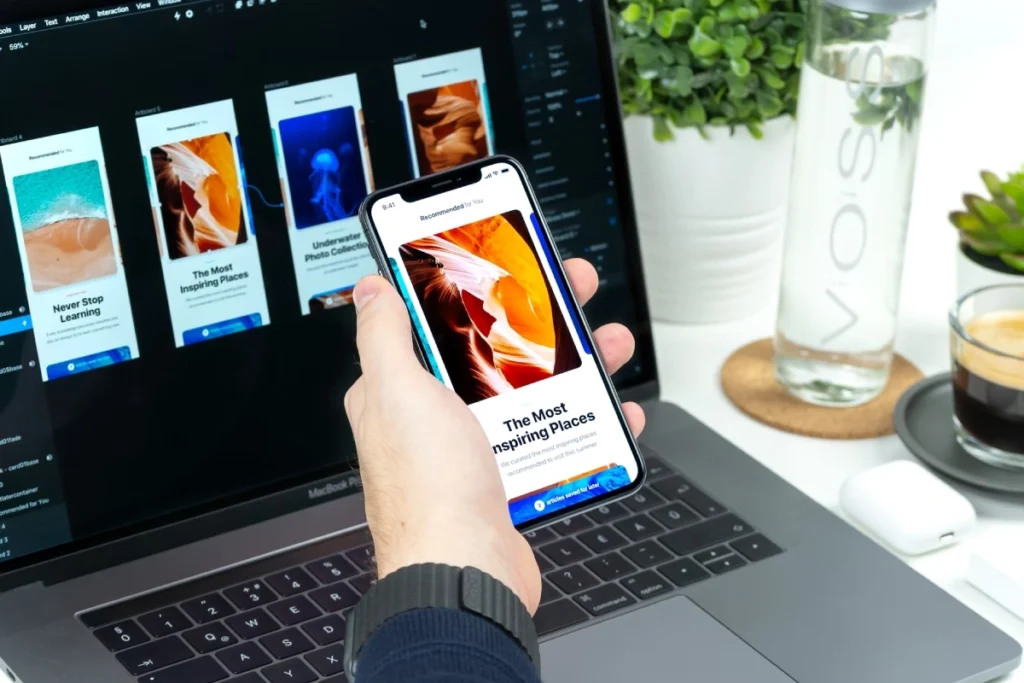Usability testing is a key part of user experience (UX) design. It requires analyzing a product or service by testing it with representative users to reveal usability issues and gather feedback. This article explores the importance of usability testing in UX design, its benefits, best practices, and frequently asked questions (FAQs).
What is Usability Testing?
Usability testing meaning a method used to evaluate how easy it is for users to interact with a product or service. It involves observing users as they attempt to complete tasks and collecting data on their performance and satisfaction. The aim is to identify usability issues and gather feedback to improve the overall user experience.
Why Usability Testing in UX design is Important?
Identifying User Needs
Usability tests help UI/UX designers to understand how users interact with a product and what they expect from it. This insight is important for designing products that meet user needs and expectations.
Improving User Satisfaction
It helps improve user satisfaction by identifying and fixing usability issues. A product that is easy to use and navigate is more likely to be attractive by users.
Reducing Development Costs
Usability test helps to identify issues early in the design process and reduce the need for costly changes later. Developers can save time and resources by addressing usability issues early.
Increasing Conversion Rates
A user-friendly product is more likely to convert users into customers. A website usability testing in UX design helps to identify hurdles in conversion and allows designers to make improvements that increase conversion rates.
Enhancing Brand Loyalty
A positive user experience can lead to increased brand loyalty. It helps UX/UI designers to create products that are easy and enjoyable to use for customer satisfaction.
How to conduct usability testing in UX design?
Define Clear Objectives
Define clear objectives and goals before conducting a testing. What are you trying to learn or achieve through testing?
Recruit Representative Users
It’s important to recruit users who are representative of your target audience. This ensures that the feedback you receive is relevant and actionable.
Create Logical Scenarios
Develop logical scenarios and tasks for users to complete during testing. This helps to assume real-world usage and provides valuable insights into user behavior.
Use a Variety of Testing Methods
Consider using a variety of usability testing methods, such as remote testing, in-person testing, and moderated or unmoderated testing. Each method has its own advantages and disadvantages, so choose the one that best suits your needs.
Collect both Quantitative and Qualitative Data
In addition to observing user behavior, collect quantitative data (such as task completion rates) and qualitative data (such as user feedback) to gain a comprehensive understanding of usability testing in UX design.

FAQs
Differentiate in user testing vs usability testing?
Usability testing specifically focuses on analyzing the easy use of a product, while user testing is a comprehensive term that can comprise different types of usability testing (such as user acceptance testing).
How many users should be included in a usability test?
It is generally recommended to test with at least 5-10 users. Testing with more users can expose more issues, but even testing with a small number of users can reveal significant insights.
When in the design process should usability testing be conducted?
It should ideally be conducted throughout the design process. It starts with early-stage prototypes and continues along to the final product. Early testing often helps to identify and address issues before they become more difficult and costly to fix.
What are some common usability issues that testing can uncover?
A web usability testing in UX design can uncover a variety of issues, such as:
- Confusing Navigation
- Unclear Instructions
- Functionality
- Slow Performance
- Accessibility Issues
- Lack of Feedback to Users
What is the Hallway usability testing?
It refers to the simplicity in which a user can navigate and understand a website or application especially when they are unfamiliar with it.
Which tools for web and mobile usability testing are the best?
Some of the top online usability testing tools include:
- UserTesting
- UsabilityHub
- Optimal Workshop
- Maze
Some of the top mobile usability testing tools include:
What are the common examples of usability testing in UX design?
The usability testing examples include:
- Observing how users navigate a website to find information
- Testing the usability of a mobile app by asking users to perform specific tasks
- Evaluating the ease of use of a product by observing user’s interaction
What are the usability testing techniques?
Usability testing techniques include:
- Logical Thinking
- Task Analysis
- Surveys
- Interviews
- Heuristic Evaluation
What is comparative usability testing in UX design?
Comparative usability testing involves testing two or more versions of a product or design to determine which one performs better in terms of usability and user satisfaction.
Conclusion
Usability testing in UX design is a necessary part of the UX design process. It helps designers to create products that are easy to use and enjoyable for users. Designers can improve user satisfaction, increase conversion rates, and enhance brand loyalty by identifying and addressing usability issues early. Including testing into the design process can lead to more successful products and happier customers.



